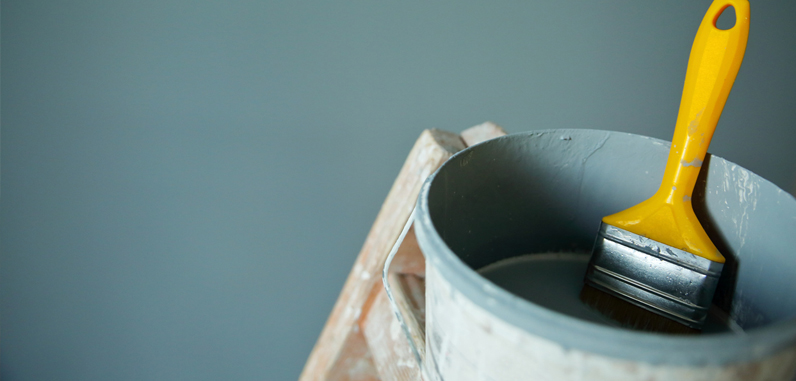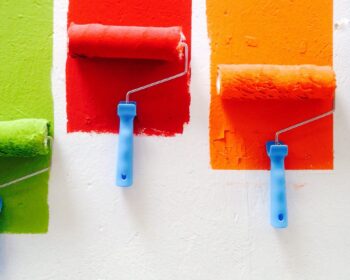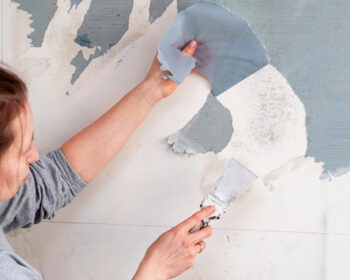
Side Effects of Paint Fumes and How to Minimize The Risks
Painting is one of the most basic home renovation projects. A fresh coat of paint will completely transform a room. On the other hand, paint has the ability to be harmful to one’s wellbeing if done incorrectly. It is important to avoid the area as much as possible when interior and exterior house painter is doing their job.
What Are Paint Fumes?
The majority of indoor paints have the ability to emit volatile organic compounds (VOCs) into the atmosphere. Chemical contaminants released as gases from such solids or liquids are known as VOCs. Inhaling VOCs may have a negative impact on your health. The positive news is that the paint industry is working to reduce the amount of VOCs released by paint. Oil-based and water-based (latex) paints are the two most common types of paints. Oil-based paints use a resin that contains volatile organic compounds (VOCs), which are emitted during the application of the paint and when it dries. Water-based paints can be a good alternative to solvent-based paints when it comes to eliminating VOC emissions. According to the findings of a report on the Evaluation of Low-VOC Latex Paints, low-VOC latex paint may be a suitable alternative to traditional latex paints for the mitigation of indoor air pollution. Low-VOC paints, on the other hand, can also emit large amounts of certain individual VOCs.
Exposure to Paint Fume Poses a Risk
The amount of chemical in the indoor environment, the amount of time a person is exposed, and a person’s age, pre-existing medical conditions, and individual sensitivity will all influence the effects of paint fumes. Lung irritation, headache, dizziness, and vision problems are some of the immediate symptoms. Many that have been subjected to higher doses of exposure or for long periods of time can develop more serious symptoms.
Individuals at High Risk
When it comes to the effects of paint fumes, risk isn’t necessarily all about exposure. When it comes to the potential dangers of paint fumes, some people are more susceptible than others. If you or someone you know falls under one of these groups, it is important that you take the requisite measures and precautions.
Pregnant Women, Babies, and Children
Expectant parents also paint the nursery or attempt to finish home repairs in preparation for a newborn. While it is preferable to finish the painting before the baby comes, pregnant women may be vulnerable to the toxic effects of VOCs released by paint. Additionally, when parents are painting, children in the house may want to watch or participate in the action. According to certain research, having babies or children around when indoor painting is not a safe idea.
People with a weakened respiratory system
People with a weakened respiratory system are more susceptible to the health effects of paint fumes. These people should keep their exposure to a minimum.
How to Minimize Risks and Exposure
- Plan ahead of time before drawing. While there will never be a day when your house is totally empty, try to paint when there are just a few people about.
- Leave the curtains unlocked. When you’re drawing, and for a while afterward, keep the windows open. This will encourage any leftover gases to escape your house.
- Take a break from drawing. Long-term exposure may exacerbate the symptoms of paint fumes. To further minimize the chances of experiencing side effects, take breaks to draw in fresh air.
- Avoidance. Stay out of the room that has been painted for 2 to 3 days after you are finished.
- Follow the directions and protection labels and stay out of the decorated space for 2 to 3 days after you’ve done. Before you begin your painting project, make sure you read all of the guidelines and protection labels. Going beyond and above these rules, such as wearing gloves or a face mask while painting, can be helpful.
Invest in an air purifier. VOCs in your enclosed room are reduced by air purifiers. Consider running an air purifier in the space you’re painting as well as any other rooms that VOCs may have gotten into.





